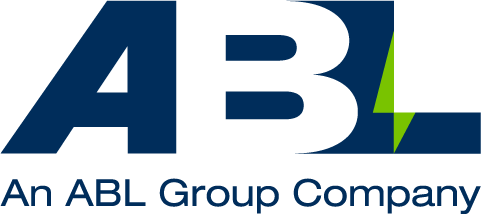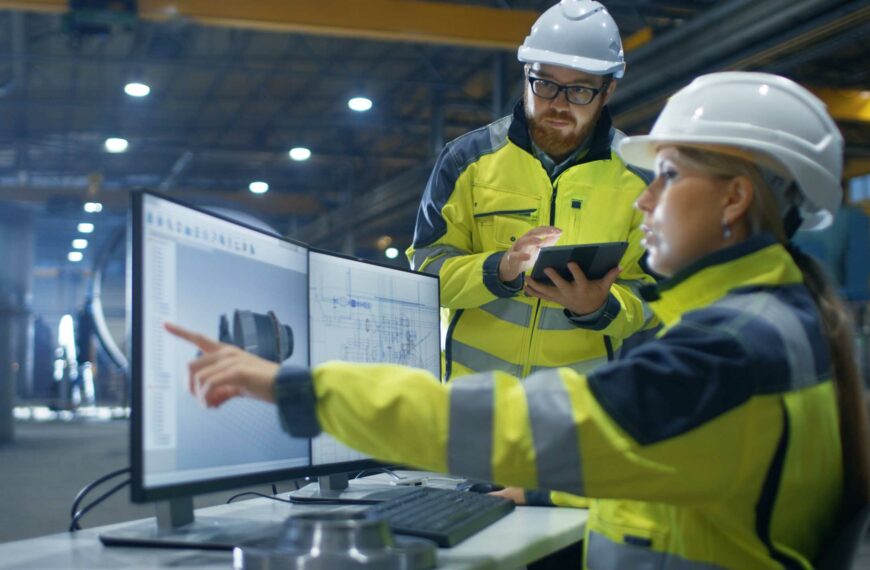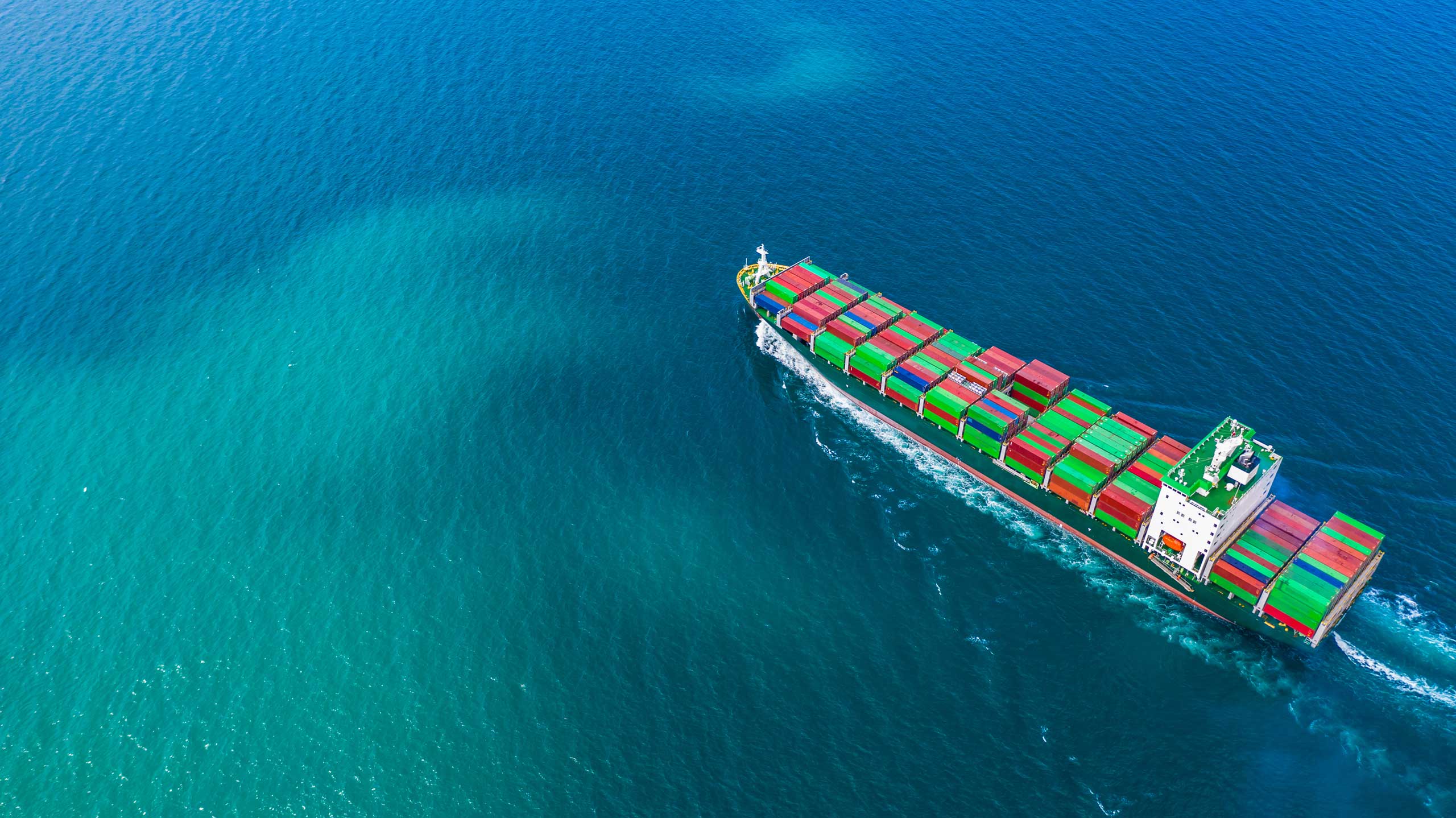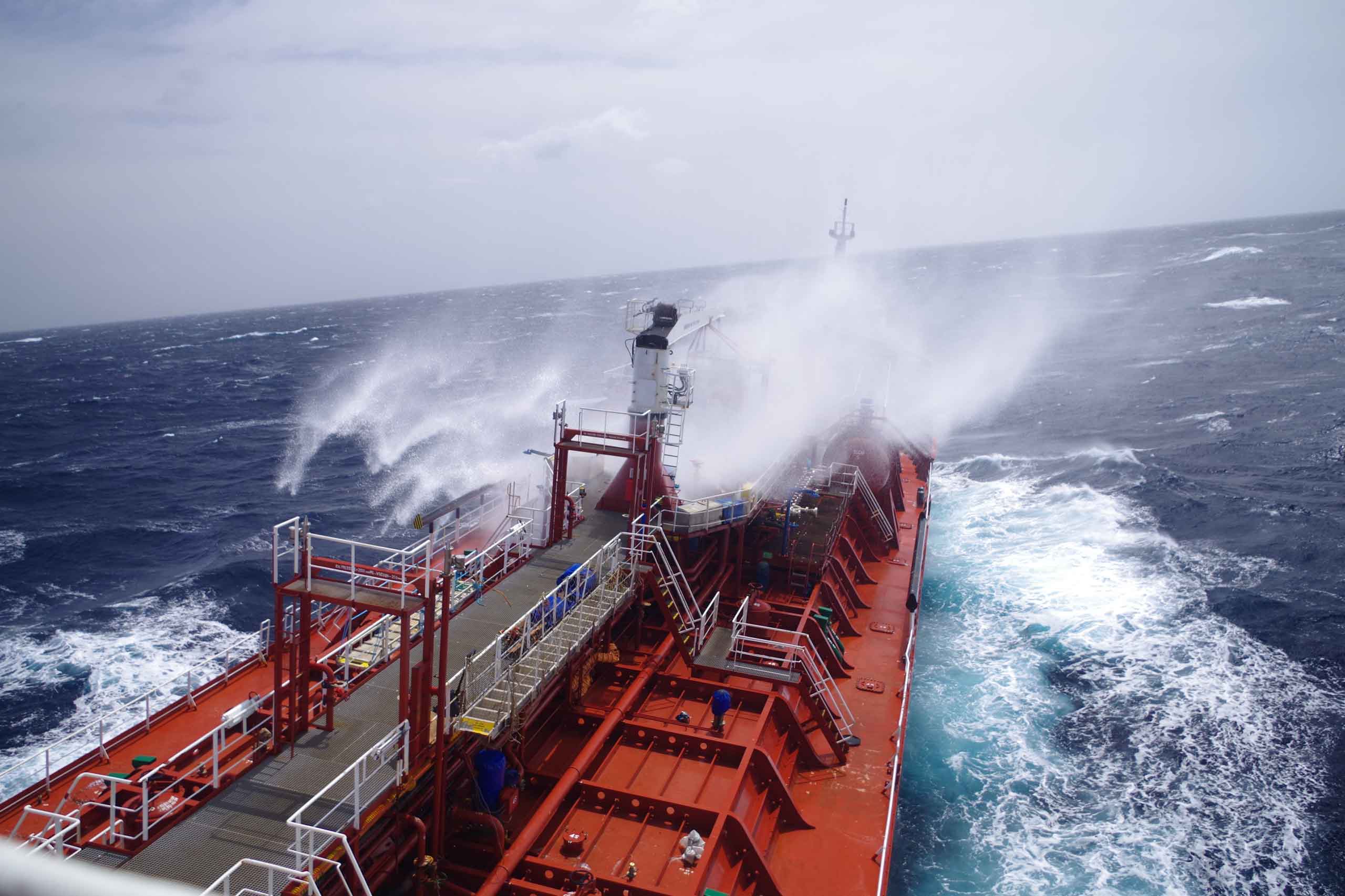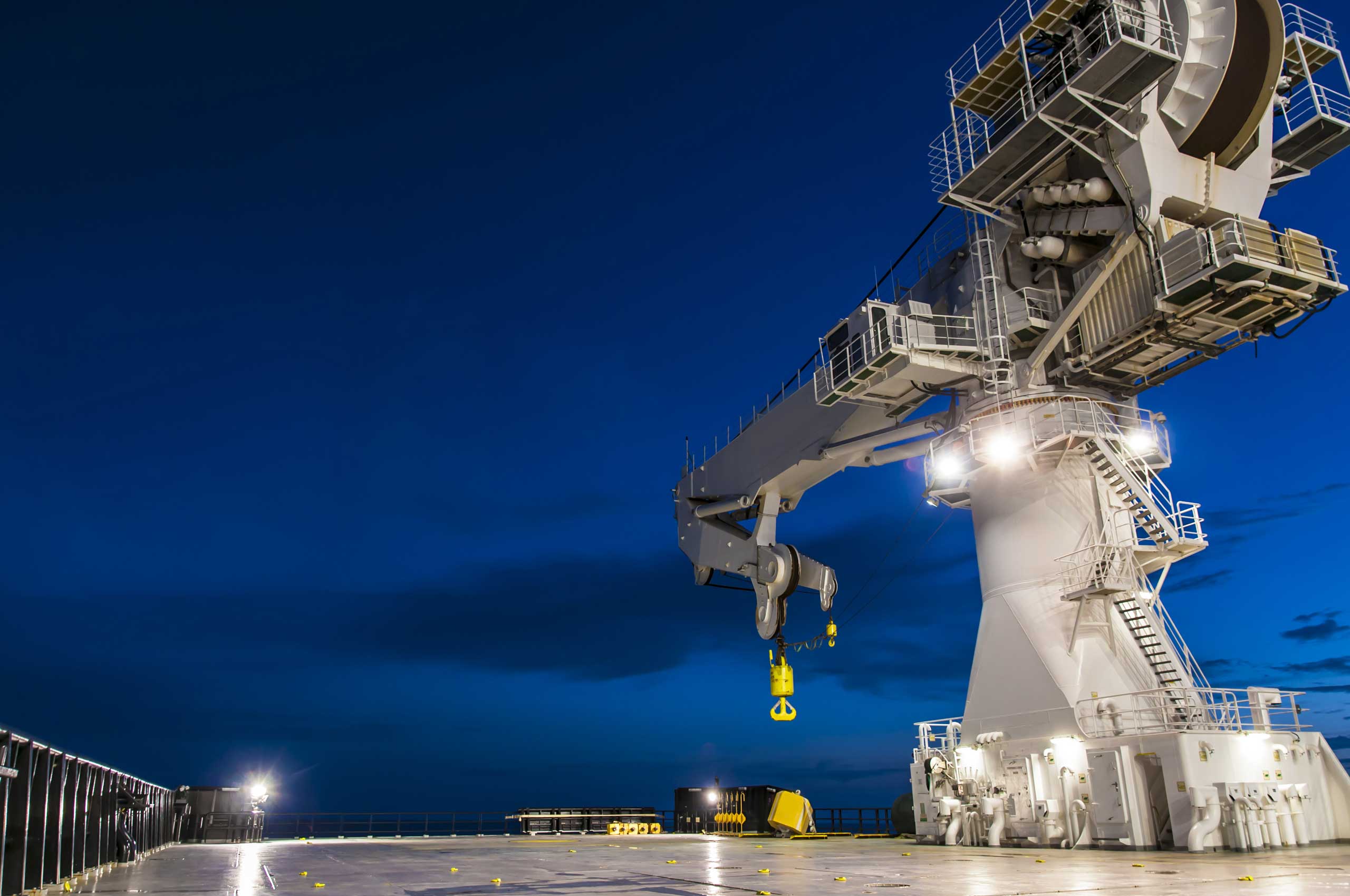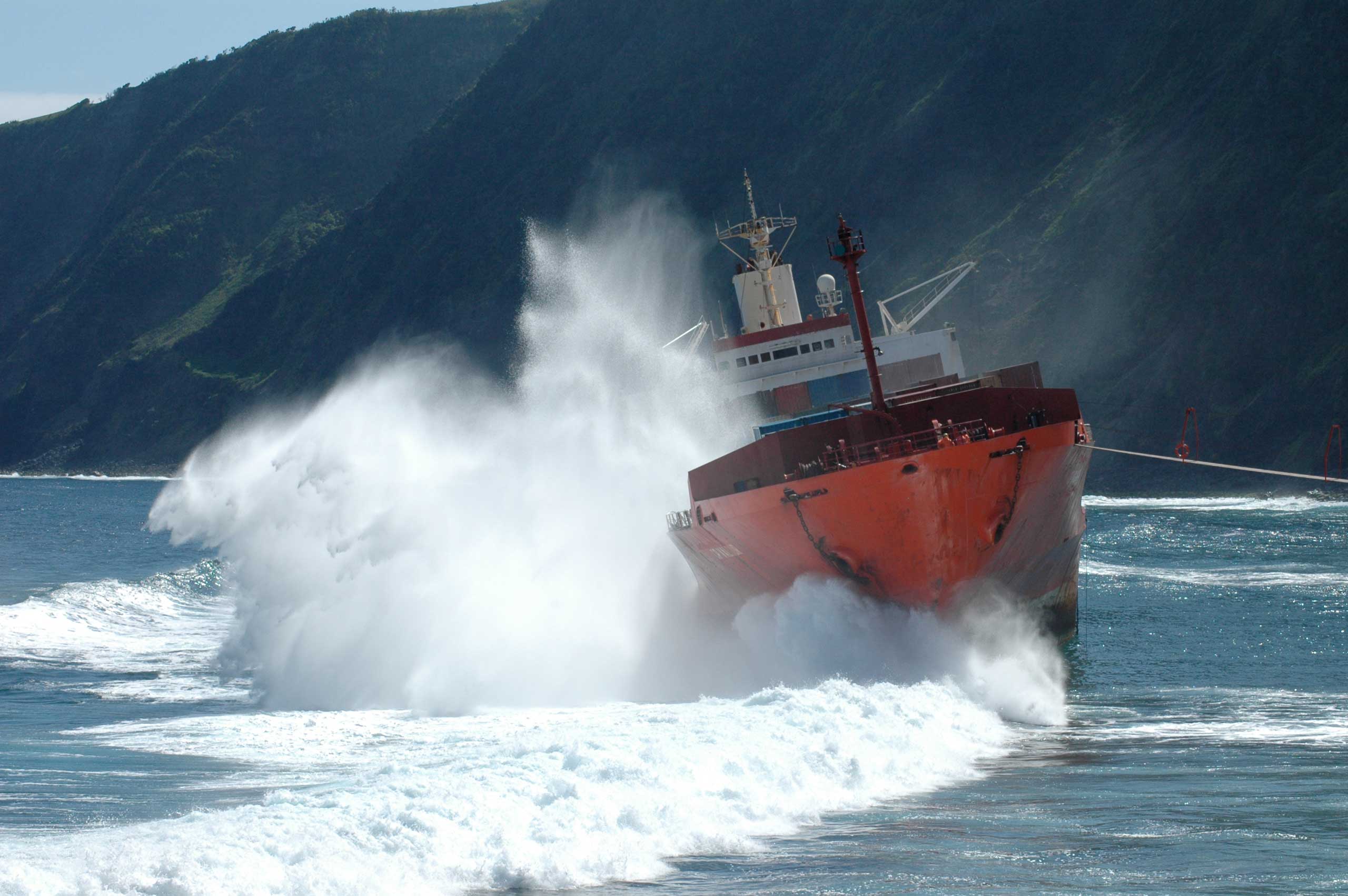Markets ⁄ Maritime ⁄
Ports & Harbours Engineering Consultants
Our ports and harbours team includes master mariners, maritime pilots, naval architects, civil engineers, geotechnical specialists, hydrodynamicists, metocean and coastal engineers, providing specialist expertise in marine studies, including technical due diligence, and engineering consulting services to assist in the development of new and existing port projects.
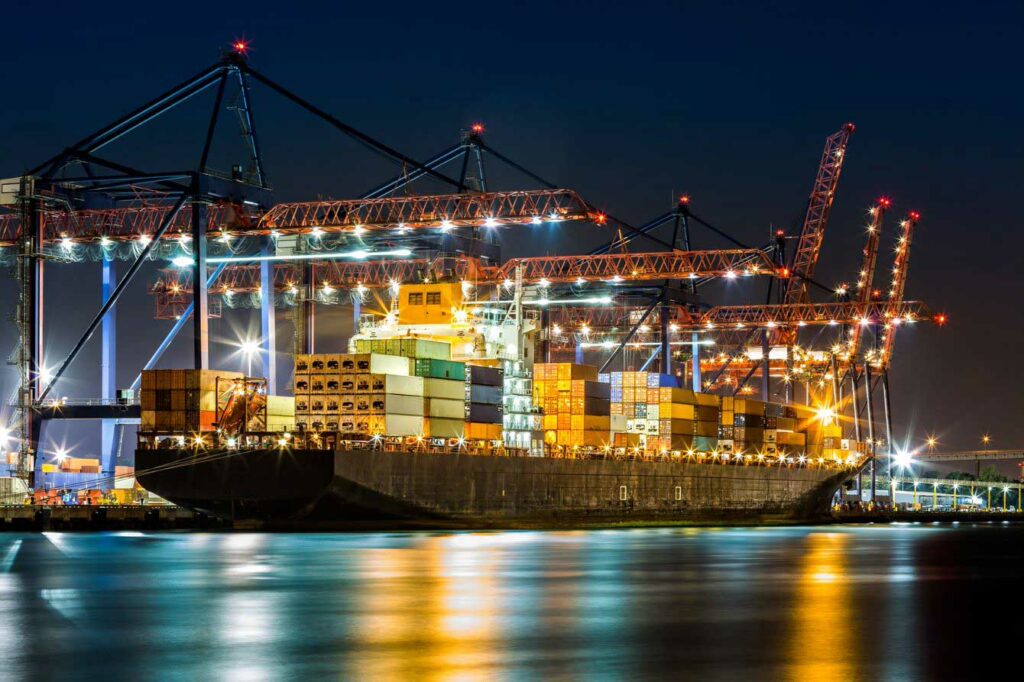
Port Development
Our port development services have been used to assist port authorities and engineering consultancies with projects ranging from concept and feasibility, through to front end engineering and design (FEED) and detailed design stages. These projects have included marine studies for terminal modifications, port expansions and greenfield port development. Our services include:
Marine Risk
We offer various approached to assess and review marine risk including Navigational Risk Assessments using Hazard Indentification (HAZID) workshops and Quantitative Risk Analysis (QRA).
- Navigational Risk Assessment: Our master mariners with pilotage experience provide an experienced-based approach to navigational risk; together with our risk analysts and bespoke risk modelling tools (described below), we comprehensively review navigational risk and recommend effective mitigation strategies. We have chaired and facilitated numerous on-site and remote HAZID workshops on the frequency and consequence of risks associated wit vessel navigation, waterway operations and harbour modifications including temporary works, proposed construction and completed structures. Our Hazards and Effects Register is completed using our in-house bespoke Risk Management Tool that has been designed to be populated during the HAZID with the consensus of the attendees thereby allowing straightforward preparation of the Register.
- Quantitative Risk Analysis (QRA): We are able to quantify risk for the frequency of occurrence and impact energies in scenarios such as collisions, allisions, groundings, dropped objects, anchors striking subsea pipelines and cables.
Analysis of the above scenarios can be used in project option review, risk-based design or project cost-benefit studies and is undertaken using commercial IWRAP risk assessment software, coupled with our bespoke multi-purpose software packages BRAEVURA, using Automatic Identification System (AIS) data to model vessel movements, and AB IMPACT, using AIS data for undertaking grounding and allision risk analysis under the various combined effects of wind, wave, current and vessel anchor drag for free-drifting and powered vessel movements.
Vessel Manoeuvring Simulations
We offer fast and real time ship simulations that can be undertaken on PC or full mission Wärtsilä simulators and are operated by our experienced master mariners and marine pilots. Our PC simulator can be operated remotely and on request we are also able to undertake simulations at Client premises to allow input from local pilots, Harbour Masters, etc. without the requirement for Clients to travel. Alternatively, the full mission simulator can be used for the manoeuvres, including familiarising local pilots with new layouts. Use of ship manoeuvring simulators can include:
- Identifying metocean limits for arrival and departure
- Confirming minimum under keel clearance limits
- Analysis tug suite requirements
- Assessing approach channel and turning circle dimensions
- Navigation Risk Assessments
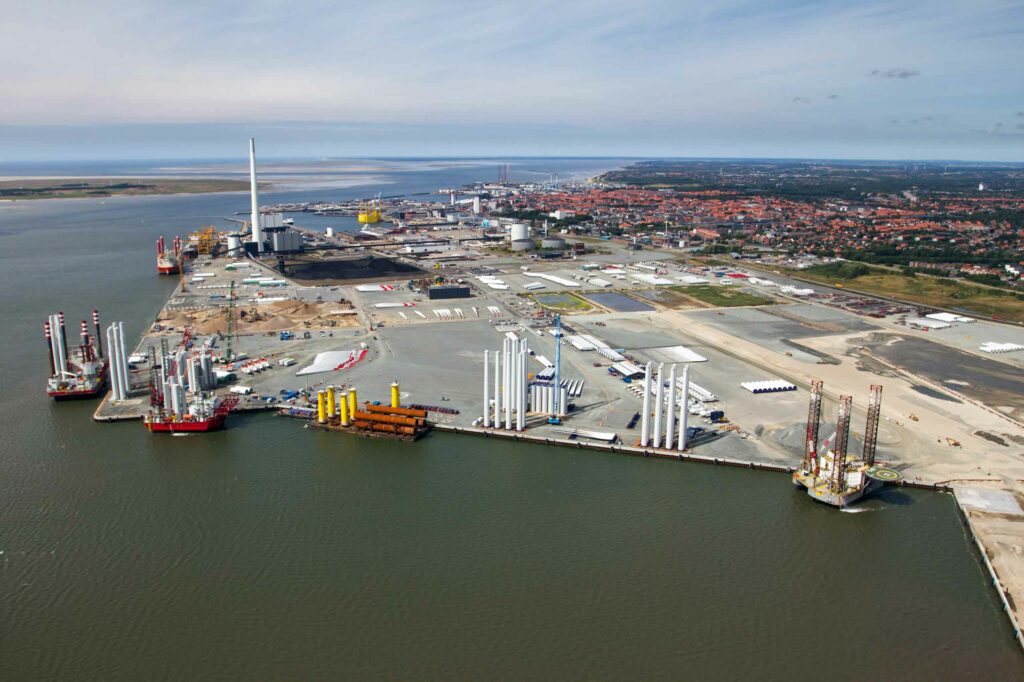
Dynamic Mooring Analysis
Our team of naval architects have extensive experience in undertaking all types of mooring and motions analysis, including quasi-static and fully dynamic modelling, and the non-linear effects of lines / fenders. We utilise a suite of software including OPTIMOOR, MOSES and ORCAFLEX which are used to analyse at-berth and offshore scenarios such as:
- Vessel alongside trestle or solid piers and quays
- Vessels at conventional buoy and single point moorings
- Multi-body scenarios such as double bank moorings, ship-to-ship transfers and pontoon berths
- Passing vessel interactions
- Single line failure scenarios
The outputs from these studies include loads on the mooring lines, fenders and bollards, as well as the motions of the vessels (or relative motions between two vessels) which can be used in determining excursion envelope limits, maximum design loading, berth compatibility / suitability, etc. and can contribute to our berth capacity and utilisation studies detailed below.
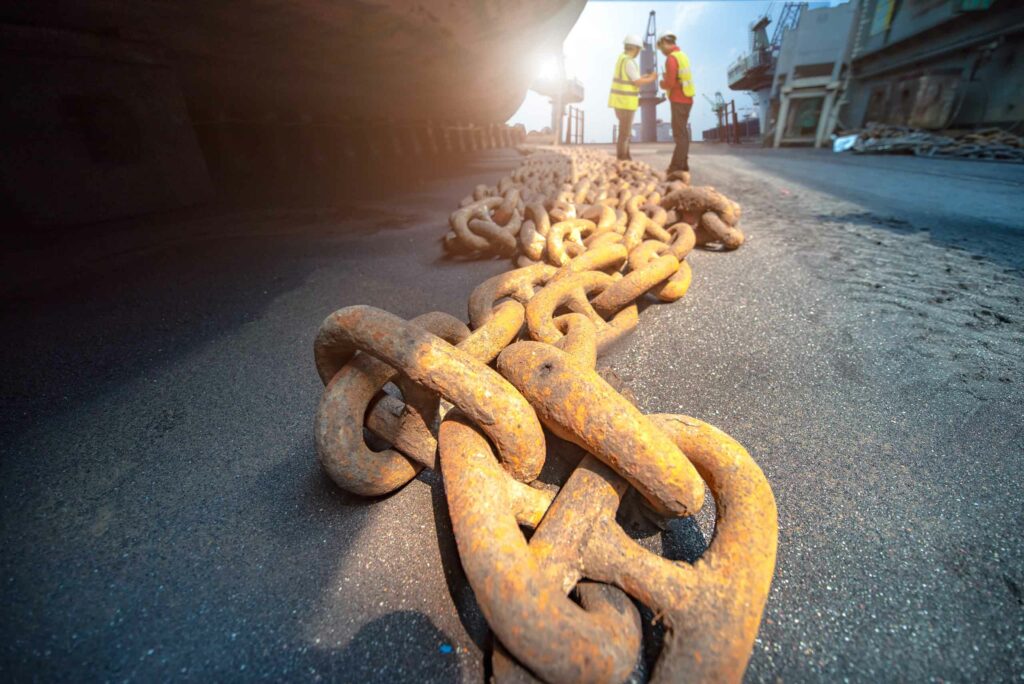
Port Capacity and Utilisation Studies (Operational Simulation)
The need for operational efficiency is a key area to reduce costs in both the port and offshore environments. Utilising our multi-purpose software package BRAEVURA, we are able to accurately model existing and future traffic flows using AIS data, whilst incorporating historical weather, navigation rules and port resources. This has been successfully used in studies to:
- Predict port capacity and berth utilisations
- Analyse downtime and vessel delays and offer improved scheduling of vessels
- Identify bottlenecks in vessel operations and assess effectiveness of mitigation strategies
- Assess port resources for planning and phasing to identify the optimum capacity of port resources such as crane loading rates, pumping rates, optimum shore tank capacity and the number of tugs required
- Assess the effects on existing and future marine traffic from proposed modifications such as the introduction of new berths, vessel types or navigation rules (such as the introduction of one way traffic, speed limitations, etc.)
The modular setup of BRAEVURA allows operational simulation to be undertaken either as a separate analysis or as an extension of a risk analysis, thereby minimising modelling costs and maximising value.
BRAEVURA adds significant value to new projects by enabling strategic investment decisions to be made early in the project.
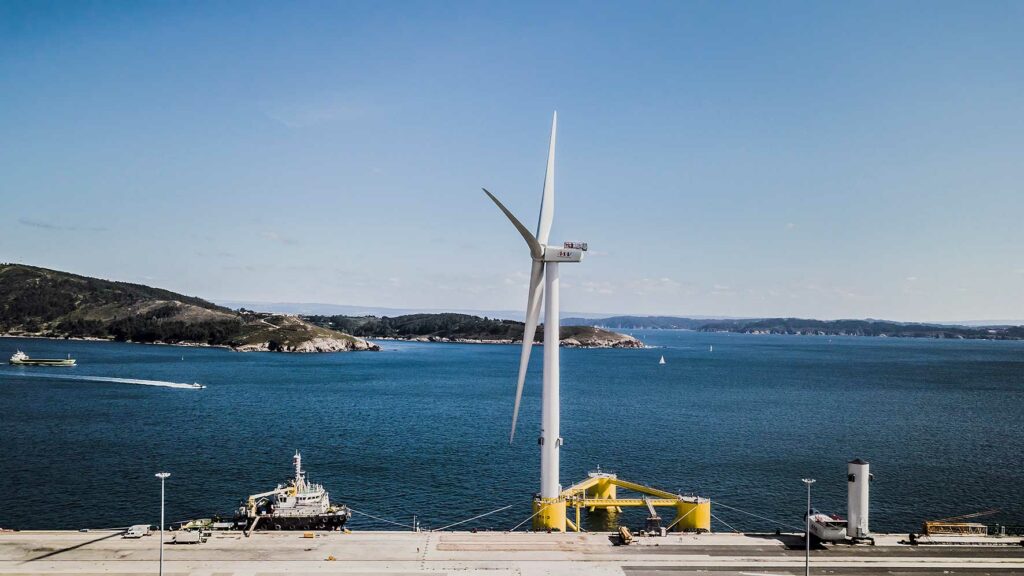
Technical Due Diligence
We undertake technical due diligence studies on behalf of financiers covering aspects such as feasibility assessments, risk assessments, competency reviews, operating and maintenance procedure reviews, emergency planning reviews, etc.
Business Interruption
Incidents at berths can often result in the berth being damaged and unable to be used, or used at reduced capacity. In these cases, berth owners usually pursue claims for loss of earnings whist the damage is being repaired. The quantum of these claims can be examined using our BRAEVURA analysis of AIS data to initially analyse the movement of vessels at the berth prior to and after the incident to make comparisons (this comparison can also include adjacent berths or berths operated by the same owner to assess whether vessels that would have used the damaged berth had been diverted). These comparisons in vessel activity can then be used to calculate any downtime/loss of earnings.
Civil Engineering Consultancy Services
Our Maritime Civil Engineers have a wide range of experience in providing Port Engineering Consultancy Services in design office and site-based projects for respective ports and multidisciplinary consulting and construction firms. We have been engaged in management and commercial roles with responsibilities in feasibility studies, design management, contract administration, project risk assessments, programme and cost control, claim valuations and quality assurance.
Services:
- Port terminal development and expansion master planning and programming
- Port infrastructure due diligence
- Feasibility and option studies
- Value engineering
- Detailed design, environmental and planning management
- Structural (tender / final) detailed design
- Structural appraisal and asset condition surveys
- Tender assessments and contract administration reviews
- Preparation and review of technical specifications
- Construction supervision and monitoring
- Project management
Experience:
- Design coordination and management
- Design checking and evaluation
- Contract and commercial assessments
- Construction technical support
- Site investigations
- Risk and quality assurance
Our Maritime Civil Engineers have a proven track record in the successful delivery of high-value port infrastructure projects internationally. From desktop appraisals to on-site investigations, we have the ability to provide the required Port Engineering Consultancy Services to meet most specific needs in the technical assessment of ports and associated marine infrastructure for their entire lifecycle through concept, design, construction, operations and maintenance.
Geotechnical Services
Our specialist team provides our clients with engineering design and project support, from specification and supervision to design and construction of foundations across all marine and offshore sectors. Our services include:
- Site feasibility and selection
- Project management and tender evaluation
- Foundation siting and selection
- Pile driving and fatigue assessment
- Subsea cable, umbilical and pipeline routing
Metocean and Coastal Engineering
Understanding metocean conditions is the most important parameter to achieve a technically feasible and cost-effective coastal design solution. Our experience in providing Metocean and Coastal Engineering means we can deliver tailored support for the client. Metocean services cover a range of subjects which can be provided in varying levels of detail depending on Clients’ needs and the requirements of the phase of the project. Typical metocean studies as part of the concept, pre-FEED, FEED and detail design include:
- Metocean services for port and marina design
- Spot location reports
- Site characterisation
- Wave and hydrodynamic modelling
- Coastal design metocean studies
- Morphology & sediment transport assessment
- Seabed evolution modelling
- Specific analysis of metocean data
